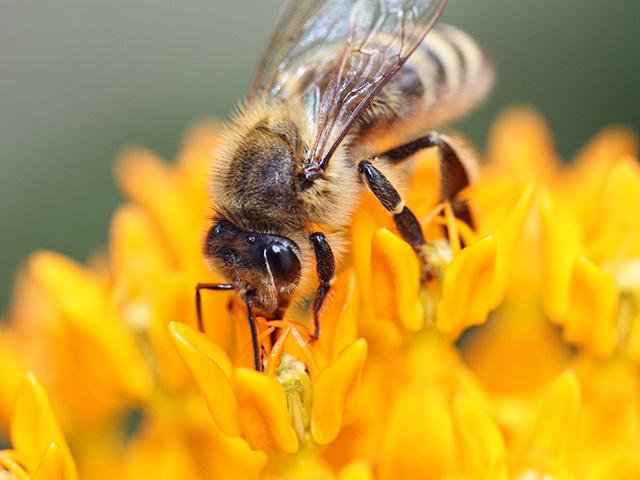Enviro Group Opposes EPA on Sulfoxaflor
Ninth Circuit Court to Consider Fate of Insecticide
OMAHA (DTN) -- The Center for Food Safety opposes an EPA court motion to conduct an Endangered Species Act review of the insecticide sulfoxaflor, after the group sued the agency for failing to do such a review in 2019.
In a motion filed this week in the U.S. Court of Appeals for the Ninth Circuit in San Francisco, the center said it doesn't believe EPA will properly address Endangered Species Act (ESA) concerns. In addition, the center opposes EPA's request to allow sulfoxalor to remain in use while the review continues.
"EPA intentionally disregarded its core duty under the Endangered Species Act to ensure that sulfoxaflor does not jeopardize the existence of endangered species, before it registered its use," the center said.
"Consequently, EPA has no clue how sulfoxaflor may affect our nation's most imperiled species, already in danger of extinction. EPA nonetheless requests this court grant the extraordinary remedy of remand without vacatur, permitting nationwide sulfoxaflor use in a wide variety of agricultural and landscape settings, for seven years or more, without any hope of judicial review."
Sulfoxaflor is used to control piercing and sucking insects such as the sugarcane aphid in sorghum and the tarnished plant bug in cotton. The agency was ordered by a federal court in 2015 to vacate the sulfoxaflor registration because of a lack of data on its effects on bees.
In October 2020, EPA asked the court to allow it to correct acknowledged mistakes in the registration.
"EPA's blatant disregard of its ESA duties cavalierly puts at risk the survival of an unknown number of imperiled insects, birds, mammals, fish, bats, reptiles, and frogs, not to mention all the species that rely upon them, as well as the designated critical habitat upon which their existence depends," the center said in its motion.
P[L1] D[0x0] M[300x250] OOP[F] ADUNIT[] T[]
EPA said a remand would allow the court and plaintiffs to "conserve" resources "as it will allow EPA to address acknowledged deficiencies in the challenged amendments without the need for further briefing, oral argument, or a court decision."
In a July 12, 2019, announcement, EPA said it had enough data to show sulfoxaflor is safe for humans and bees and had granted unconditional registration for new uses of sulfoxaflor on the Transform WG and Closer SC labels. The new uses are alfalfa, corn, cacao, grains (millet, oats), pineapple, sorghum, teff, teosinte and tree plantations. The agency also added back cotton, soybeans, citrus, cucurbits and strawberry.
The restrictions on the registrations granted in October 2016 were also removed.
In May 2016, the agency proposed a new label that excluded crops like cotton and sorghum and imposed spraying restrictions designed to minimize pollinators' exposure to the insecticide.
The Ninth Circuit vacated sulfoxaflor's registration in November 2015 because of pollinator concerns. The court cited a lack of data on possible harm to bees as the reason for ordering EPA to pull the registration.
EPA then asked Dow AgroSciences (now Corteva Agriscience) for more data on sulfoxaflor.
Bridgette Readel, market development specialist for Corteva Agriscience, said in a statement following the EPA announcement that the approval was much needed.
EPA Assistant Administrator for Office of Chemical Safety and Pollution Prevention Alexandra Dapolito Dunn said during the announcement that the agency relied on raw data from industry studies in reaching the decision.
Sulfoxaflor is safer than other insecticides because it requires fewer applications, Dunn said.
For years, states have petitioned EPA for emergency exemptions to be allowed to use sulfoxaflor.
In 2019 alone, Dunn said the agency has approved 12 state emergency requests for use in cotton and 14 in sorghum.
In making the decision, Dunn said the agency discovered many growers could see crop losses of 50% or higher without having sulfoxaflor available. Growers will still need to follow state regulations on the insecticide, she said.
Todd Neeley can be reached at todd.neeley@dtn.com
Follow him on Twitter @toddneeleyDTN
(c) Copyright 2020 DTN, LLC. All rights reserved.




